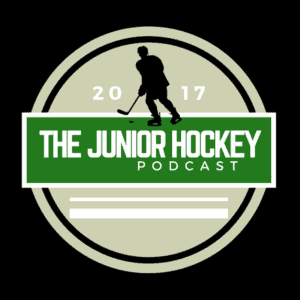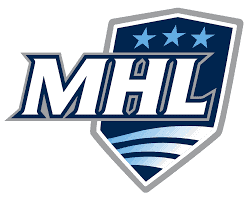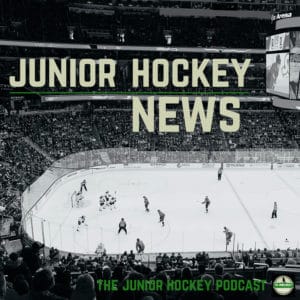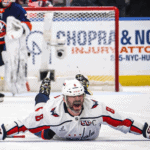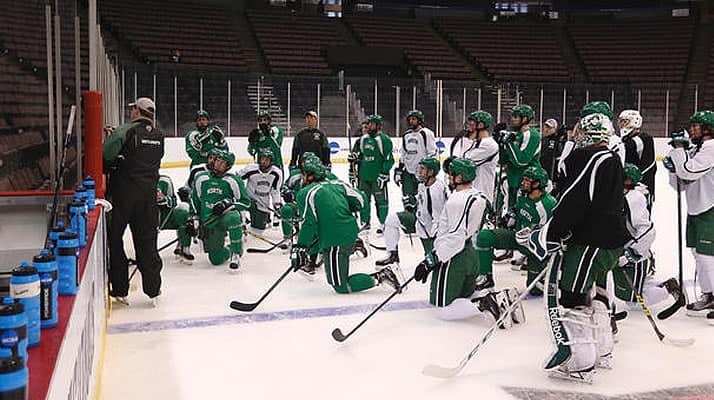
It’s All About Player Development
Player development is a term that plays a factor in a player’s decision to sign with a team. It comes in different forms: the opportunity for more ice time in games, more practice time, training structure, and connections with players and coaches. Evaluating junior hockey development can be difficult because of the number of teams throughout North America.
If we just narrow down the pool to the biggest individual tier leagues, you would be left with the United States Hockey League (USHL), North American Hockey League (NAHL), and North American Three Hockey League (NA3HL). On the top end, the development is un-debatable. Players who come out of the USHL or NAHL often make an impact on their college rosters the following seasons. Now we are down to Tier 3 hockey. Is there true development?
Tier 3 Hockey Player Development
The NA3HL makes up 48 teams from the Midwest out to the East coast. In my own experience playing juniors, teams fold partway through the regular season because of money issues or lack of players. That shows there are too many teams and too little development available. Junior hockey is about change. I moved halfway across the country to play juniors. Instead of staying comfortable at home, I left to take on more for myself. If the leagues were smaller and able to focus resources on players, it would help filter out the less talented players or the players with little to no commitment.
Without the strong base of junior hockey to allow players to play and have the opportunity to advance, the business model falls apart. Player development is at the center of this business. Based on “The College Hockey Landscape: A Study of the 21-year old Freshman” 33% of NCAA Division 1 commits were 21 years old compared to 8.66% of commits at age 18 for their freshman year. These statistics increase for NCAA Division 3 hockey. 72% of Division 3 commits were 21 years old coming into their freshman year.
These statistics suggest the role junior hockey plays in the development of college hockey players. The additional three years of hockey before college athletics allow the players to mature physically and emotionally to take on the load of being a student-athlete. If junior hockey struggled to develop players, college hockey would then be affected.
All this to say, if player development is not the primary goal of programs and coaches, it will cause damage to the pipeline players are relying on to progress into advanced levels of hockey.

